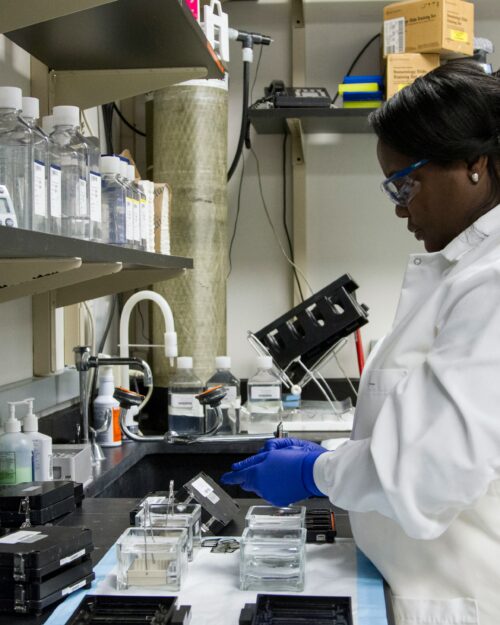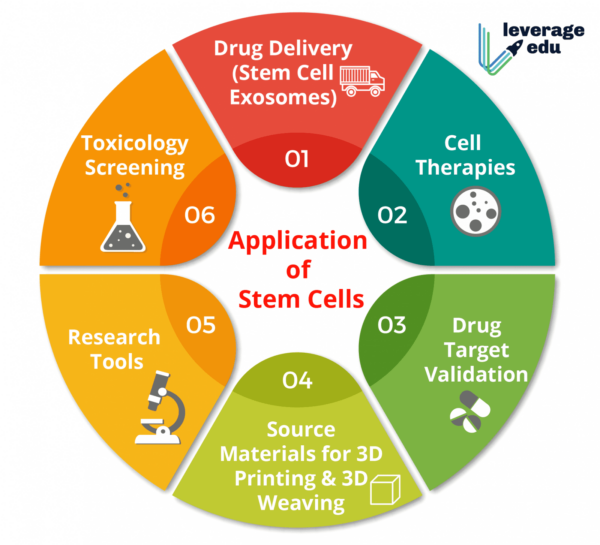March 18, 2024

By: AEOP Membership Council Member Spoorthy Reddy
In recent years, stem cell therapy has become a “buzzword” and a subject of advanced scientific research. However, this particular term is still shrouded in mystery to the general public. What exactly are stem cells? And how are they used to treat injuries and illnesses?
To start, stem cells are the body’s raw materials; they are the cells from which all other cells with specialized functions are generated. Unlike LEGO pieces that combine to make a new structure, stem cells are more like a machine producing these LEGO pieces, which take up different shapes and functions. Stem cells are the only cells in your body that can differentiate to form different types of cells. They can make over 200 specialized cells, including bone and blood cells.
If you recall your biology class, you might remember learning about mitosis, the process of cell duplication. Stem cells undergo mitosis to create daughter cells. These daughter cells can go on to make specialized types of cells or remain stem cells.

There are many types of stem cells, such as totipotent, pluripotent, multipotent, oligopotent, and unipotent. To make things simple, we can say that the stem cell type determines how much potential a stem cell has to specialize. I have listed them in order of decreasing ability above. Unipotent stem cells can only form one cell type, while totipotent stem cells have access to the whole range of specializations.
Now that you know all about these stem cells, you might wonder how they are useful in medicine. First, it must be mentioned that pluripotent stem cells are most commonly embryonic cells, while an adult’s stem cells are mostly multipotent. As multipotent stem cells lack the versatility of pluripotent cells; they are limited in what they can be used for. Due to the use of human embryonic cells in research, stem cell research can be seen as a controversial topic.
However, there was a breakthrough around this topic in 2006. Scientists Shinya Yamanaka and Kazutoshi Takahashi discovered that it is possible to turn multipotent adult stem cells into pluripotent stem cells. Because pluripotent cells can replicate indefinitely and differentiate into any kind of cell, they can be an unlimited resource to replenish lost or diseased tissue. The discovery eliminated the need to experiment with embryonic cells, indicating that cells at later stages could also be used for such treatments. Additionally, because these stem cells are made from the patient’s cells, their immune system will not recognize them as dangerous and reject them.
However, it remains to be seen whether altered adult stem cells will have an adverse effect when used on humans for stem cell therapy. It has been shown to work properly in controlled experiments with animals. There was even one study where researchers were able to take regular connective tissue cells and reprogram them to become functional heart cells. The animals with heart failure injected with these new heart cells experienced improved heart function and survival time.

Of course, since stem cell research is a relatively new field, there is still much for us to explore. Did you know stem cells are also useful when testing new drugs or 3D printing organs? It is easy to see why they could hold so much potential. I can’t wait to see what we find out next!
Sources
Stem cells: past, present, and future | Stem Cell Research & Therapy | Full Text (biomedcentral.com)
https://www.mayoclinic.org/tests-procedures/bone-marrow-transplant/in-depth/stem-cells/art-20048117
Find a Volunteering Opportunity
Visit our Program Volunteers page for a tool to find the best opportunity for you.
eCYBERMISSION Mini-Grant
The eCYBERMISSION Mini-Grant is intended to support teachers/program leaders as they implement eCYBERMISSION with their teams. Educators (formal and informal) of students in grades 6-9 are encouraged to apply.
